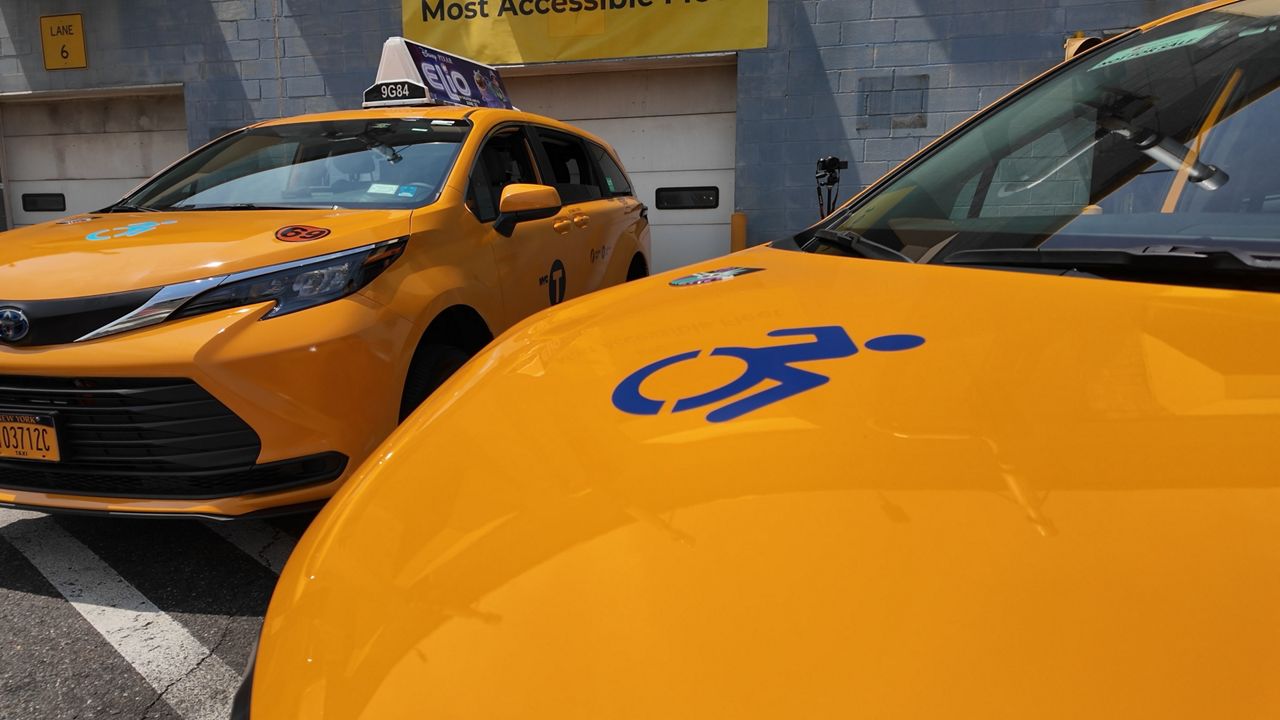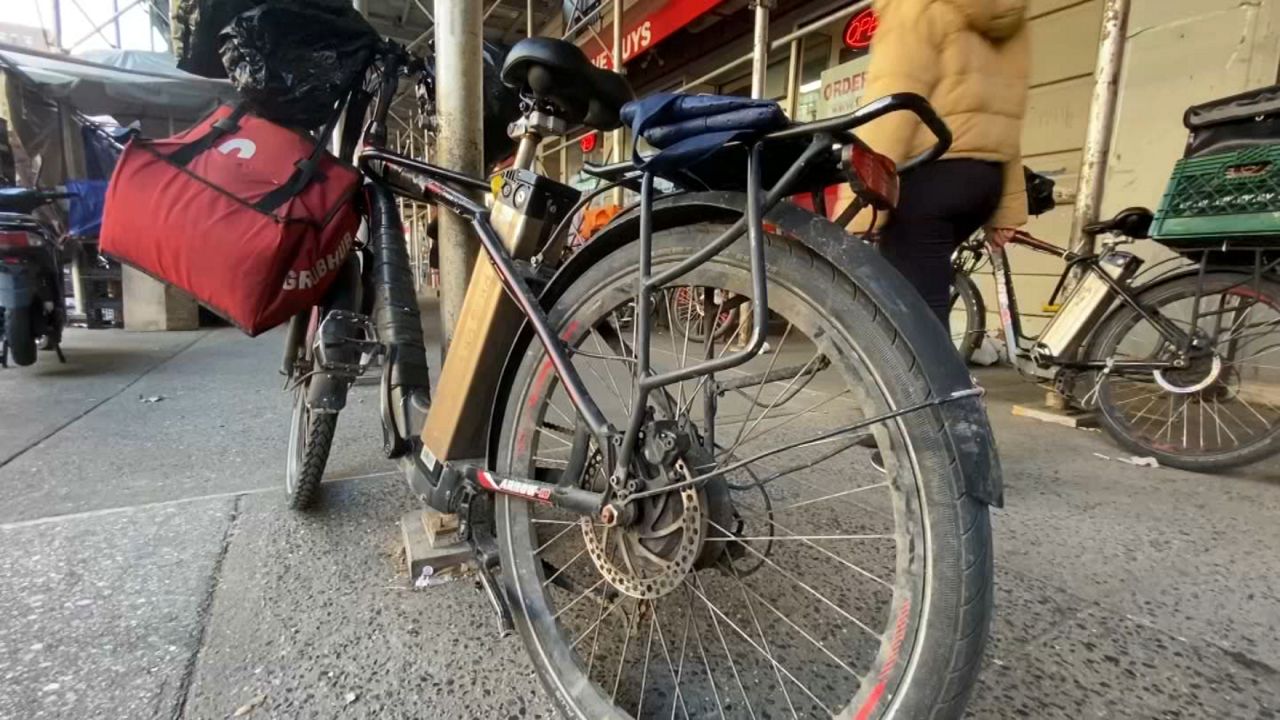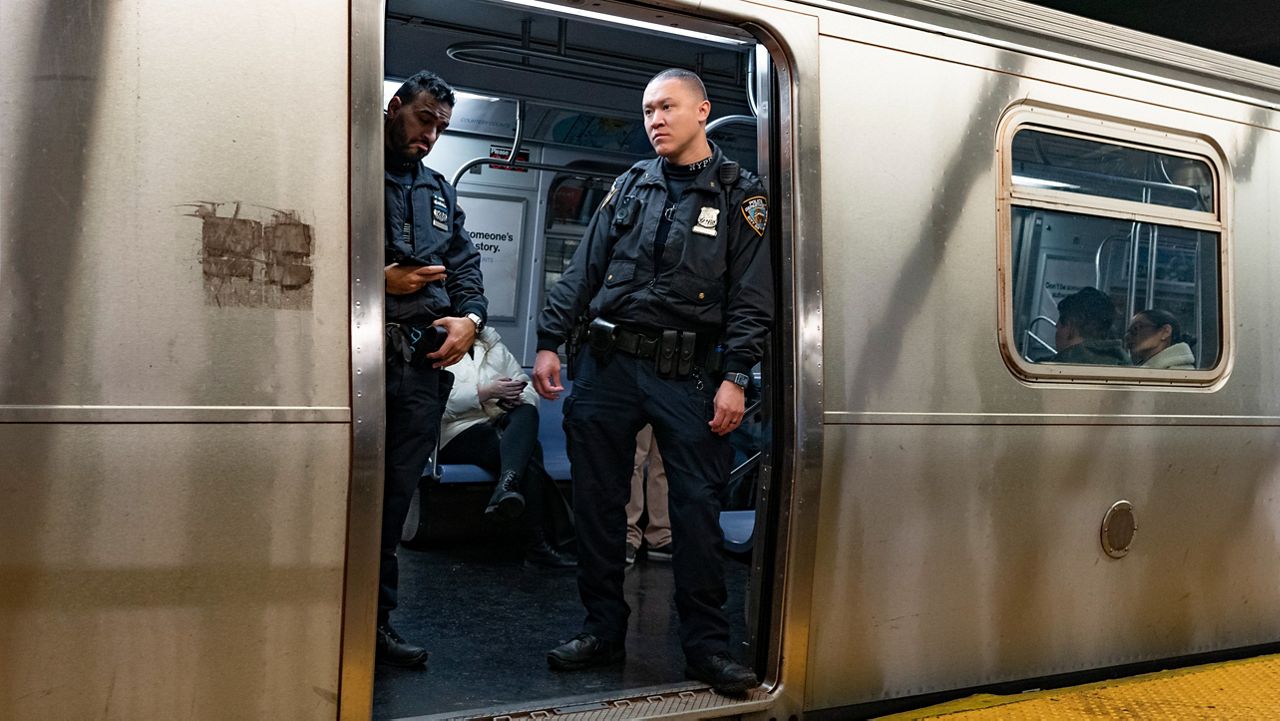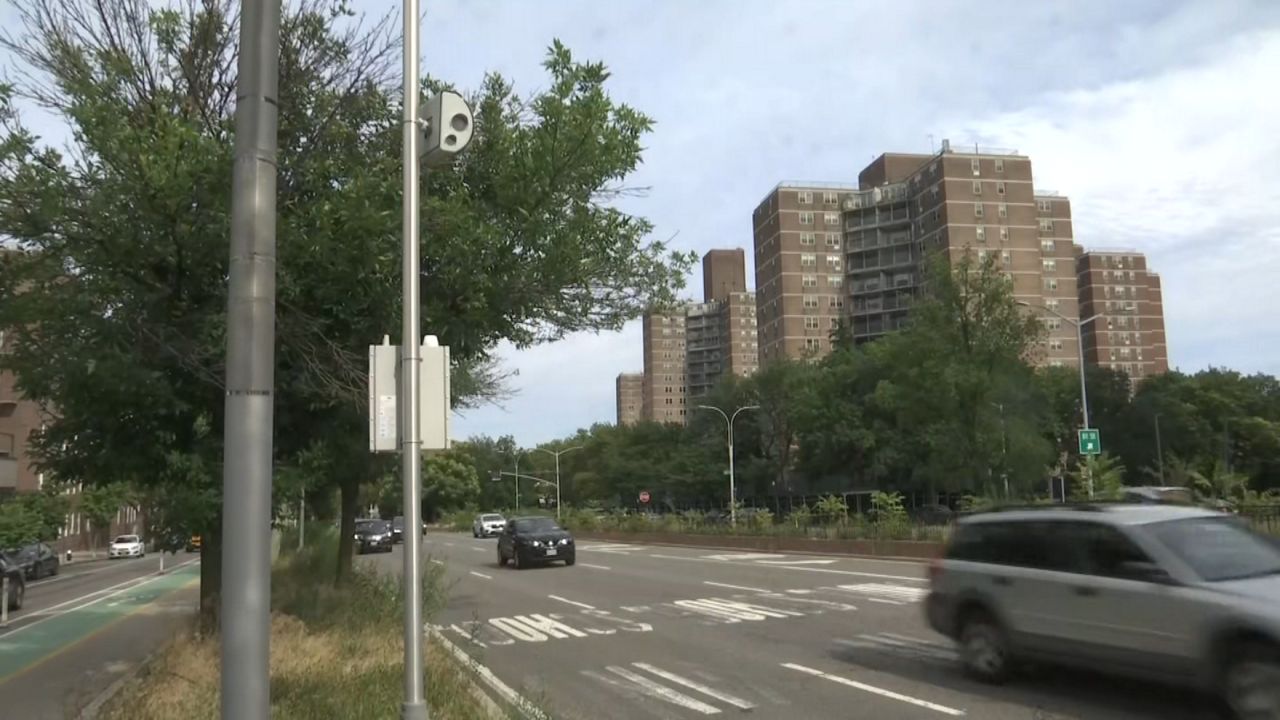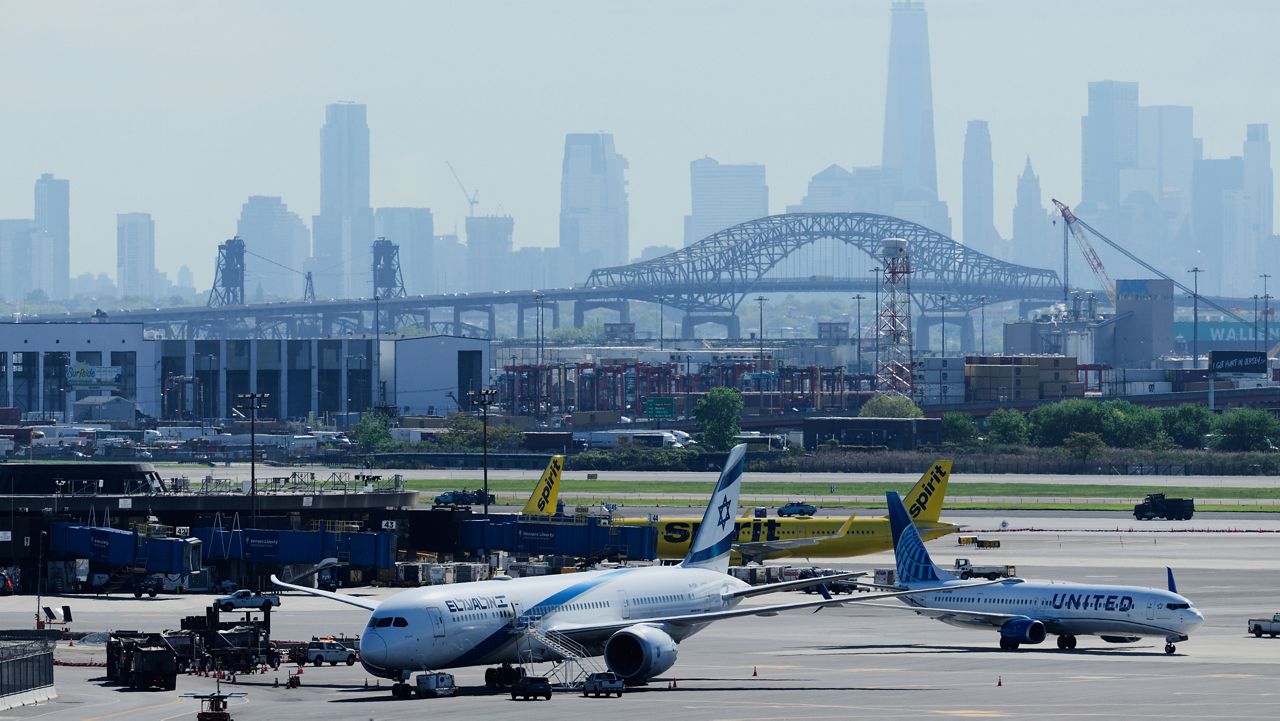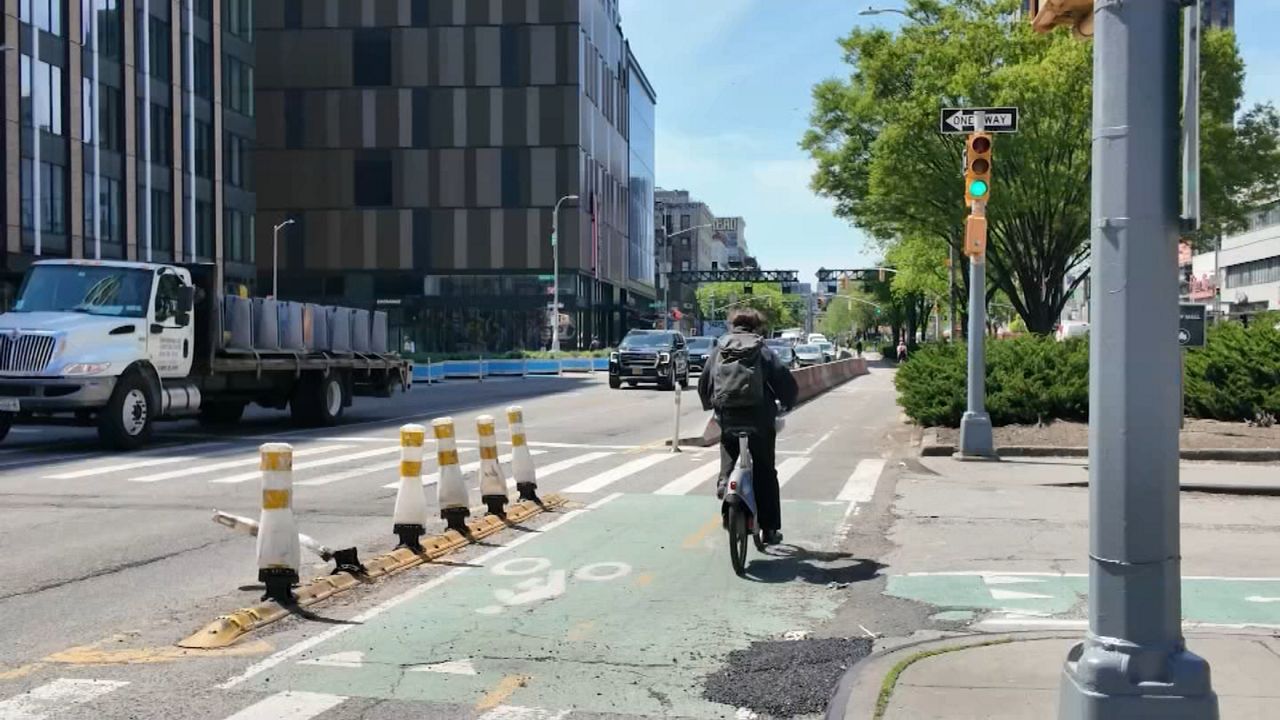Crumbling iron, exposed cables where bench wall was purposely knocked out.
“There was a concern that the concrete was going to break away, fall down on the track and potentially a train could strike it,” said David Cooper, a senior principal project manager for Amtrak.
Water drips from the ceiling.
“It is dripping over some of the power cables," explained Derick Hallahan, AVP of major programs, tunnels and systems for Amtrak. "Which can relate to arching, cause arching and some dangerous conditions that could actually start fires."
Arcing is when the electrical current jumps to another area.
Tube number two will be shut down fully for 13 months starting on May 23, followed by tube one for another 13 months, with three months in between.
The MTA insists that this work could be done on nights and weekends, saying that the slightest issue could cause a wave of service disruptions. However, Amtrak says that this is the only way that they can do it and that they’ve looked at alternatives.
“You know, the risk is that the outage doesn't come back," said Craig Schulz, director external affairs at Amtrak. "The track doesn't come back in the morning, rush hour is at risk, right? So, you know, the idea is that a long-term outage, a full closure, is more predictable.”
Amtrak says it’s also more efficient and costs less, but MTA officials say they worry about Amtrak’s maintenance record.
“We want to deliver a reliable service every morning," said Liam McQuat, vice president of engineering services for Amtrak," But that's what we're here to do. And we've taken a lot of time and effort and planning to send the people in the other tunnels to make sure that it is as reliable as they possibly can be.”
Meanwhile, Amtrak officials say the work needs to be done soon and the contractor is ready and the funding has been secured.
“The longer we delay this work, I think the more we risk the chance of service disruptions that, you know, are not acceptable to anybody," Schulz said. "So that's why we're really urging and really eager to get this project underway.”
The MTA cited the way they were able to repair the Canarsie L train tunnel on nights and weekends in 2019, putting fiber-reinforced polymer over the bench wall and hanging cables from the walls, sensors monitoring for compromised concrete. However, the repairs may only last for another 25 years.
Amtrak says this project is very different. They are replacing the concrete completely, which also produces toxic silica dust and it would be hard to contain that or remediate it before the morning rush each day, and they're laying a concrete track bed along with new track, which will ensure the structure lasts another 100 years for the LIRR, NJ Transit and Amtrak.
_CC_PKG_East_River_Tunnel_Project_134211376_2242?wid=320&hei=180&$wide-bg$)
